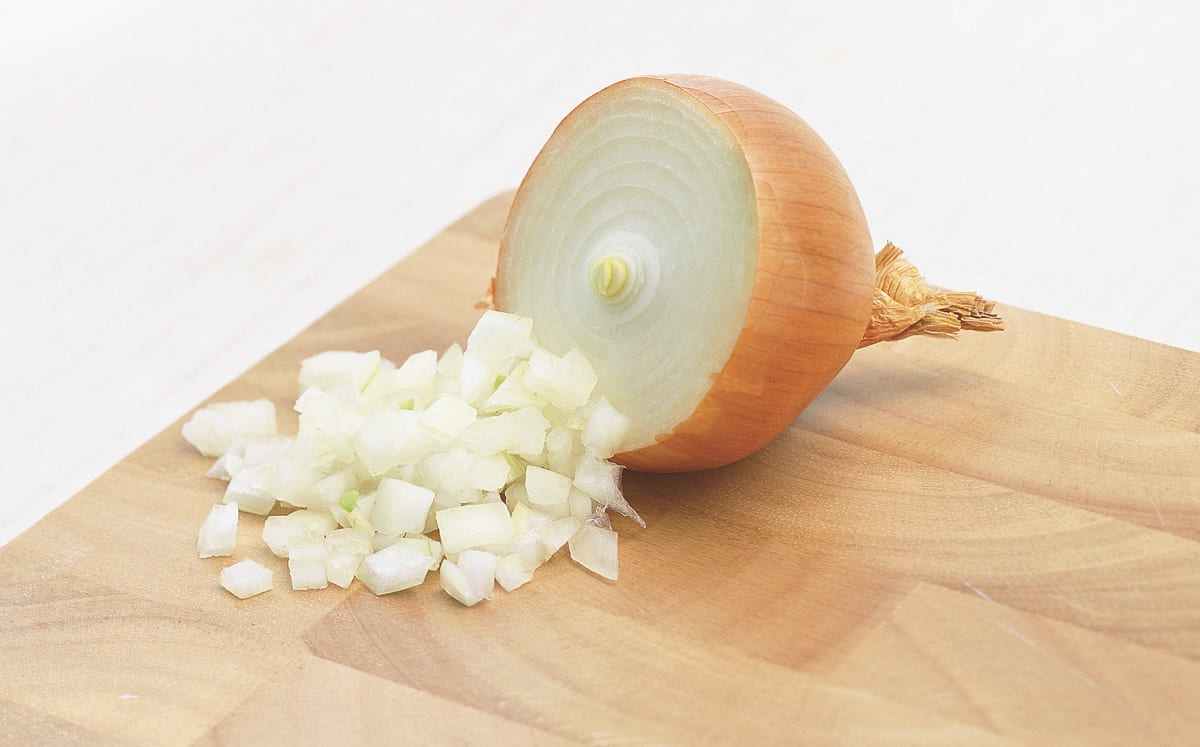

Articles
How To Store Half An Onion
Modified: January 5, 2024
Learn the best way to store half an onion and keep it fresh for later use. Read our informative articles on onion storage tips and tricks.
(Many of the links in this article redirect to a specific reviewed product. Your purchase of these products through affiliate links helps to generate commission for Storables.com, at no extra cost. Learn more)
Introduction
Have you ever found yourself with a leftover half of an onion after preparing a recipe? You’re not alone. Many people often wonder what to do with this dilemma, as onions can quickly spoil if not stored properly. Luckily, there are several methods you can employ to store that half onion and ensure its freshness for future use.
In this article, we will explore why it is essential to store half an onion correctly and provide you with practical methods and tips for ensuring its longevity. So, let’s dive in and learn how to make the most out of your leftover onions!
Key Takeaways:
- Don’t let half an onion go to waste! Use plastic wrap, airtight containers, resealable bags, or an onion saver to keep it fresh. Reduce food waste and save money while having fresh ingredients on hand.
- Maximize onion freshness by choosing the right variety, storing in a cool, dry place, avoiding certain foods, and using proper storage containers. Follow these tips to extend the shelf life of your onions and minimize waste.
Read more: How To Store A Half Used Onion
Why Store Half an Onion?
At first glance, storing half an onion may seem like a trivial task. However, taking the time to properly store it can save you money, reduce food waste, and ensure that you always have fresh ingredients on hand for future meals. Here are a few reasons why you should consider storing that leftover half onion:
1. Saves Money: Onions are a staple ingredient in many dishes, but sometimes a recipe calls for only half an onion. Instead of letting the remaining half go to waste, storing it properly allows you to use it later, saving you from having to buy another onion unnecessarily.
2. Reduces Food Waste: Food waste is a significant global issue, and every small step we take to minimize it makes a difference. By storing half an onion, you’re doing your part in reducing food waste and playing a role in a more sustainable food system.
3. Convenience: Having a stored onion readily available can be a time-saver. Instead of having to go to the grocery store every time you need an onion, you can reach into your refrigerator and grab the already prepared half onion for your next meal.
4. Maintains Freshness: Onions can lose their freshness quickly when exposed to air or moisture. Proper storage techniques can help preserve the quality and flavor of the onion, ensuring that it is still suitable for use when you need it.
5. Versatility: Onions are incredibly versatile and can be used in various dishes. By storing half an onion, you can have this versatile ingredient ready whenever you need it, whether it’s for soups, stir-fries, salads, or other culinary creations.
Now that we understand the importance of storing half an onion, let’s explore some effective methods for keeping it fresh and ready for your next delicious recipe.
Methods for Storing Half an Onion
When it comes to storing half an onion, there are a few methods you can choose from. The key is to protect the exposed cut surface from air and moisture to prevent spoilage. Let’s explore some effective methods:
1. Method 1: Wrap it in plastic wrap: One of the simplest and most common ways to store a half onion is by wrapping it tightly in plastic wrap. Start by cutting the onion in half and using one half for your recipe. Take the remaining half and wrap it tightly in multiple layers of plastic wrap, ensuring there are no gaps. This method helps to minimize exposure to air and moisture, keeping the onion fresh for a couple of days.
2. Method 2: Place it in an airtight container: Another effective method is to place the half onion in an airtight container. Choose a container that fits the size of the onion, ensuring there is minimal empty space. The container should have a tight-fitting lid to prevent air from entering. This method provides an extra layer of protection against moisture and allows the onion to retain its freshness for a longer period.
3. Method 3: Store it in a resealable bag: If you don’t have plastic wrap or a suitable container, a resealable bag can come in handy. Place the half onion in a resealable bag and squeeze out any excess air before sealing it. This method helps to create a barrier between the onion and the outside environment, extending its shelf life.
4. Method 4: Utilize an onion saver: If you frequently find yourself with leftover half onions, investing in an onion saver can be a worthwhile purchase. An onion saver is a specialized storage container designed to keep half an onion fresh. These containers usually have a lid that fits securely, preventing air from reaching the onion and maintaining its flavor and texture.
Remember to label the storage container or bag with the date to keep track of freshness. Regardless of the method you choose, it is crucial to store the onion in the refrigerator, as cooler temperatures slow down the degradation process.
Now that we know how to store half an onion, let’s explore some tips for maximizing its freshness and flavor.
Method 1: Wrap it in Plastic Wrap
One of the simplest and most commonly used methods for storing half an onion is by wrapping it tightly in plastic wrap. This method provides a protective barrier that helps to prevent air and moisture from reaching the onion, keeping it fresh for a short period of time.
Here’s a step-by-step guide on how to use this method effectively:
1. Prepare the half onion: After using one half of the onion for your recipe, cut off any remaining root or stem attached to the unused half. This will help create a flat surface for wrapping.
2. Wrap the onion tightly: Take a piece of plastic wrap and place the half onion in the center. Start wrapping the onion from one corner of the plastic wrap, ensuring that the cut surface is completely covered. Continue wrapping the onion tightly in multiple layers, making sure there are no gaps where air or moisture can enter.
3. Secure the plastic wrap: Once the onion is wrapped, twist the ends of the plastic wrap to create a tight seal. This will help to maintain the freshness and prevent the onion from drying out.
4. Label and store: To avoid confusion, it’s a good idea to label the wrapped onion with the date using a marker or a label. This will help you keep track of how long the onion has been stored. Place the wrapped onion in the refrigerator, preferably in the crisper drawer or a designated area for produce storage.
It’s important to note that while wrapping the onion in plastic wrap helps to extend its freshness, it is still recommended to use the onion within a few days for optimal flavor and texture. The plastic wrap method is best suited for short-term storage, allowing you to use the remaining half onion in your next meal without sacrificing its quality.
Now that you know how to use plastic wrap to store half an onion, let’s explore another effective method: placing it in an airtight container.
Method 2: Place it in an Airtight Container
Another effective method for storing half an onion is by placing it in an airtight container. This method provides an extra layer of protection against air and moisture, helping to maintain the onion’s freshness for a longer period.
Follow these steps to utilize this method effectively:
1. Prepare the half onion: After using one half of the onion for your recipe, trim off any excess root or stem attached to the remaining half. This ensures a flat surface for proper storage.
2. Choose an airtight container: Select a container that is just the right size to accommodate the half onion without too much empty space. Using a container that seals tightly is crucial to prevent any air from entering.
3. Place the onion in the container: Put the prepared half onion into the airtight container, with the cut surface facing down. This helps to minimize the onion’s exposure to air and keeps it from drying out.
4. Seal the container: Close the container tightly to create an airtight seal. Make sure there are no gaps or openings that could allow air to get in. This step is essential for maintaining the onion’s freshness and preventing moisture from accumulating.
5. Label and refrigerate: To keep track of the storage date, it’s helpful to label the container with the date using a marker or a label. This way, you can easily identify how long the onion has been stored. Place the container in the refrigerator, preferably in the crisper drawer or another designated area for produce storage.
Using an airtight container helps to create a controlled environment where the onion is protected from air and moisture, prolonging its shelf life. It is recommended to use the onion within a week of storage for the best flavor and quality.
Keep in mind that storing onions alongside certain foods, such as potatoes, can accelerate spoilage. Therefore, it’s advisable to store onions separately or in an odor-proof container to avoid any potential flavor transfer.
Now that you’ve learned about storing half an onion using an airtight container, let’s explore another effective method: storing it in a resealable bag.
Store half an onion in an airtight container or wrap it tightly in plastic wrap before placing it in the refrigerator. This will help prevent the onion from absorbing other odors and keep it fresh for a few days.
Read more: How To Store Half Cut Onion
Method 3: Store it in a Resealable Bag
Storing half an onion in a resealable bag is another simple and effective method to keep it fresh for a short period. This method helps create a barrier between the onion and the outside environment, preventing it from drying out and prolonging its shelf life.
Follow these steps to store your half onion in a resealable bag:
1. Prepare the half onion: After using one half of the onion, remove any excess root or stem attached to the remaining half. Ensuring a clean, flat surface will make it easier to store.
2. Get a resealable bag: Choose a resealable bag that is large enough to comfortably fit the half onion. Opt for a high-quality bag that is thick and durable to ensure a good seal.
3. Place the onion in the bag: Put the prepared half onion into the resealable bag, making sure the cut side is facing down. This helps to minimize exposure to air and moisture, keeping the onion fresh.
4. Remove excess air and seal: Before sealing the bag, gently press out any excess air to create a vacuum-like effect. This step will help reduce the chances of the onion spoiling due to excess moisture. Once you’ve removed the air, seal the bag securely.
5. Label and refrigerate: To keep track of storage time, label the bag with the date using a marker or a label. This will help you know when the onion was stored and determine its freshness. Place the sealed bag in the refrigerator, preferably in the crisper drawer or an area designated for produce storage.
Storing the half onion in a resealable bag creates a microclimate that helps maintain its freshness for a few days. Remember to use the stored onion within a reasonable timeframe for the best flavor and quality.
It’s worth noting that resealable bags can be reused, so before discarding them, ensure they are clean and dry. Properly sanitizing and reusing them contributes to reducing plastic waste.
Now that you’ve learned about storing half an onion in a resealable bag, let’s explore another effective method: utilizing an onion saver.
Method 4: Utilize an Onion Saver
If you frequently find yourself with leftover halves of onions, investing in an onion saver can be a convenient and effective storage solution. An onion saver is a specialized container designed to keep half an onion fresh for an extended period. It provides an airtight and odor-resistant environment to preserve the onion’s flavor and prevent it from spoiling.
Here’s how to properly utilize an onion saver:
1. Choose an appropriate onion saver: There are various onion saver containers available in the market, designed specifically for storing half onions. Look for a container that is the right size to accommodate your onion comfortably.
2. Prepare the half onion: Cut off any remaining root or stem attached to the remaining half onion after using one part in your recipe. This will create a flat surface for the onion to rest on in the container.
3. Place the onion in the saver: Put the prepared half onion into the onion saver, ensuring that the cut side is facing down. The container should fit the onion snugly without additional empty space.
4. Secure the lid: Seal the onion saver with its lid, ensuring a tight and secure fit. This creates an airtight environment, preventing air and moisture from reaching the onion and helping to maintain its freshness.
5. Label and store: To keep track of storage time, label the onion saver with the date when the onion was stored. This will help you keep tabs on its freshness. Store the onion saver in the refrigerator, preferably in the crisper drawer or a designated area for produce storage.
Using an onion saver provides a dedicated space for storing half onions, preserving their freshness for an extended period. It eliminates the need for plastic wrap or bags and helps to minimize food waste by keeping the onion in optimal condition until ready to use.
Remember to clean the onion saver thoroughly between uses to maintain proper hygiene and prevent any cross-contamination.
Now that you have learned about utilizing an onion saver, you are well-equipped to store your leftover half onions and ensure they stay fresh for future use.
Tips for Maximizing Onion Freshness
When it comes to storing half an onion or even whole onions, there are several tips you can follow to maximize their freshness and ensure they stay flavorful for as long as possible. Implementing these tips will help you make the most out of your stored onions:
1. Choose the right onions: Different onion varieties have varying shelf lives. Generally, yellow or brown onions have a longer shelf life compared to red or white onions. If you know you won’t use the entire onion at once, opt for a variety that stays fresh for a longer period.
2. Keep them cool and dry: Onions prefer cool and dry conditions for storage. Store them in a cool, ventilated area away from direct sunlight, such as a pantry or cellar. Avoid storing onions near areas with high humidity, such as the refrigerator, as excess moisture can lead to spoilage.
3. Avoid storing with certain foods: Some foods, such as potatoes, emit gases that can cause onions to spoil quickly. Keep onions separate from potatoes and other ethylene-producing fruits and vegetables to prevent premature ripening and spoilage.
4. Don’t remove the outer layers: The papery, protective outer layers of an onion help to shield it from moisture and prevent the transfer of flavors. Avoid removing these layers until you are ready to use the onion to maintain its freshness.
5. Wrap cut surfaces tightly: If you have a half onion or a partially used onion, make sure to wrap the cut surface tightly in plastic wrap or store it in an airtight container. This will help prevent moisture and air from reaching the exposed surface, keeping it fresher for longer.
6. Use proper storage containers: Using airtight containers or resealable bags specifically designed for food storage can help maintain the onions’ freshness by creating a barrier against air and moisture. These containers also prevent onion odors from permeating your fridge.
7. Avoid washing onions before storage: Moisture can cause onions to become soft and lead to spoilage. Avoid washing onions until you are ready to use them. When washing, dry them thoroughly before storing.
8. Check for signs of spoilage: Periodically inspect your stored onions for any signs of mold, soft spots, or sprouting. Remove any spoiled onions immediately to prevent the spread of spoilage to others.
By following these tips, you can prolong the freshness of your stored onions, reducing food waste, and ensuring that you always have flavorful onions on hand for your culinary endeavors.
Remember, while these methods and tips can help extend the shelf life of onions, it is always best to use onions within a reasonable timeframe for the best flavor and quality.
Conclusion
Storing half an onion may seem like a small task, but it can have a significant impact on reducing food waste and saving money. Utilizing the right methods and following proper storage techniques will help maintain the freshness and flavor of your leftover onions, allowing you to make the most out of them for future recipes.
In this article, we explored various methods for storing half an onion, including wrapping it in plastic wrap, placing it in an airtight container, storing it in a resealable bag, and utilizing an onion saver. Each method offers its own benefits, and you can choose the one that suits your needs and resources.
We also discussed important tips for maximizing onion freshness, such as choosing the right onions, keeping them cool and dry, avoiding certain foods during storage, and properly wrapping the cut surfaces. Following these tips will help extend the shelf life of your stored onions and maintain their quality.
By taking the time to store half onions properly, you can reduce food waste, save money, and have fresh ingredients readily available for your next culinary creation. Whether you are a seasoned cook or a kitchen novice, these storage techniques will come in handy to ensure you never let a half onion go to waste.
So, the next time you find yourself with a leftover half onion, remember these methods and tips to preserve its freshness and make the most of this versatile ingredient. With a little effort and proper storage, you can enjoy the flavors and benefits of onions in your meals while minimizing waste.
Let’s embrace the practice of efficient storage and make conscious efforts towards creating a sustainable and resourceful kitchen. Happy cooking and happy onion storage!
Frequently Asked Questions about How To Store Half An Onion
Was this page helpful?
At Storables.com, we guarantee accurate and reliable information. Our content, validated by Expert Board Contributors, is crafted following stringent Editorial Policies. We're committed to providing you with well-researched, expert-backed insights for all your informational needs.
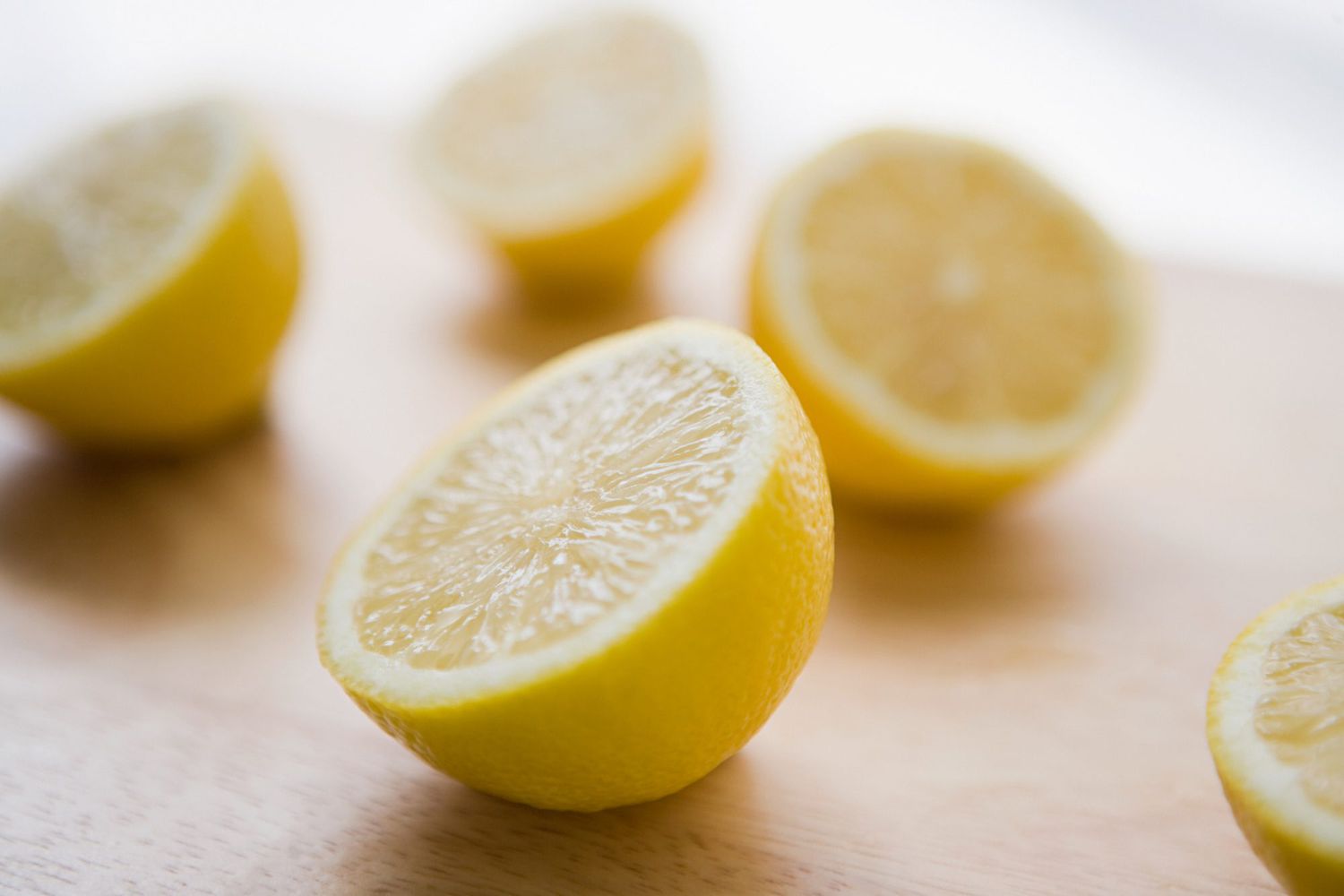
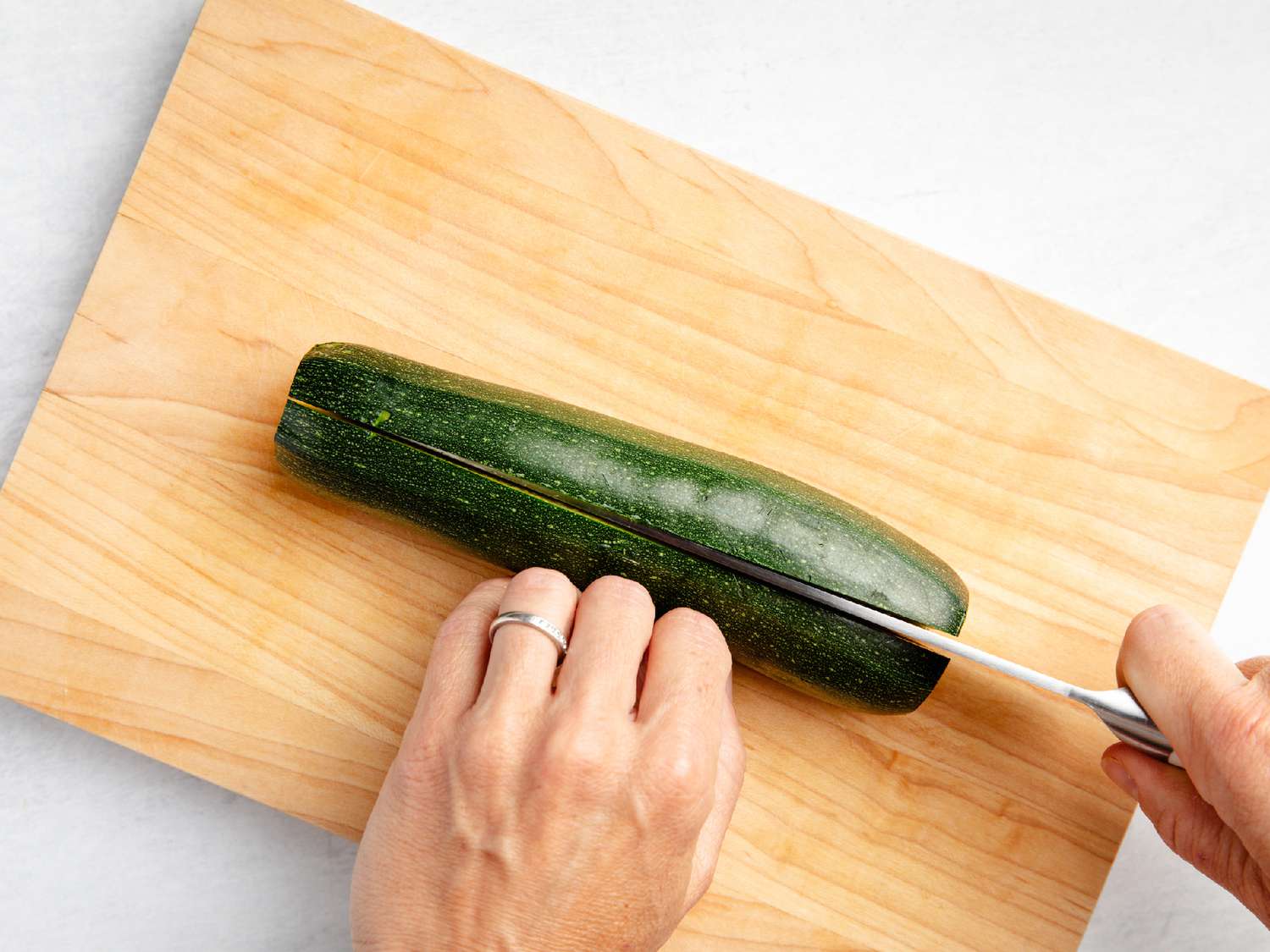
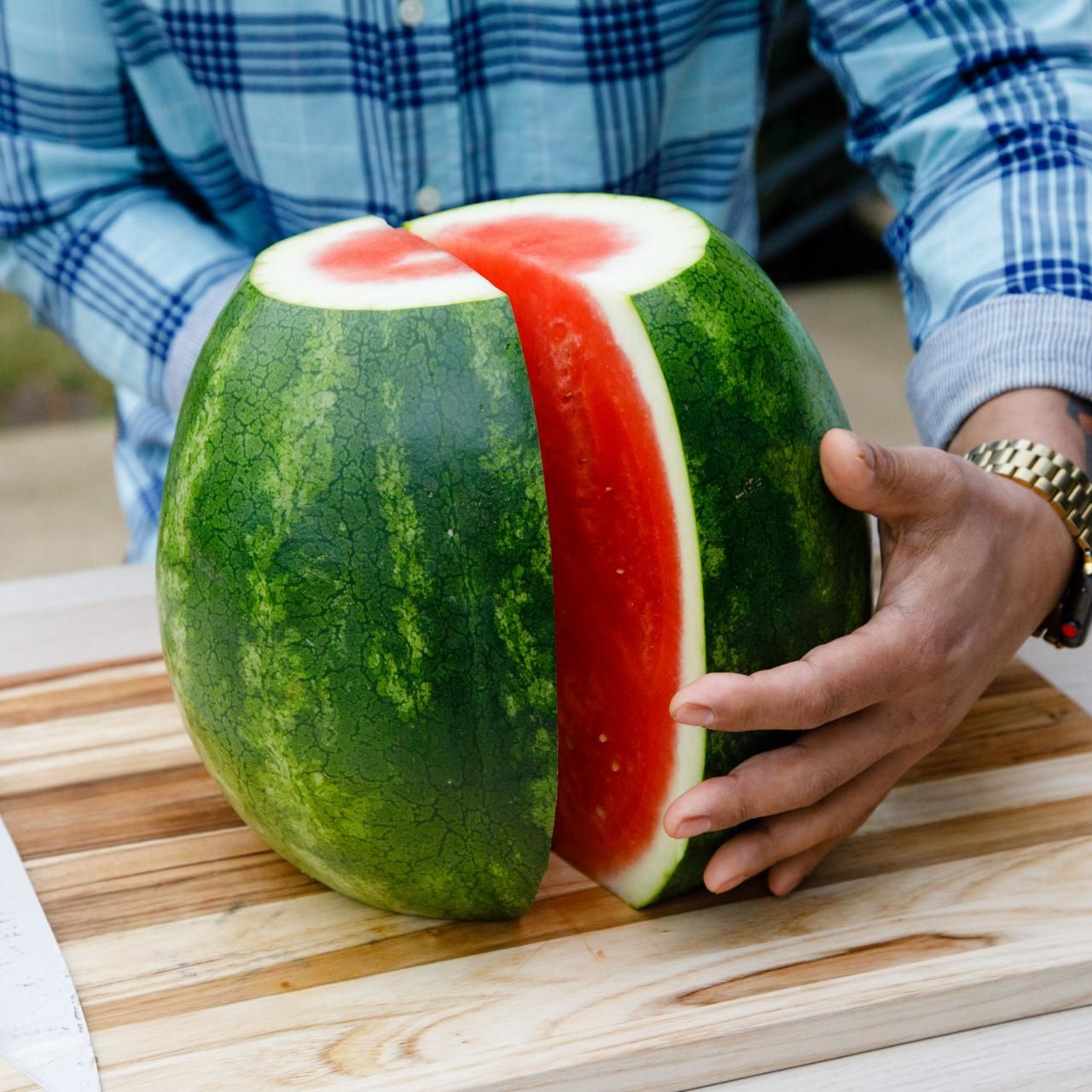
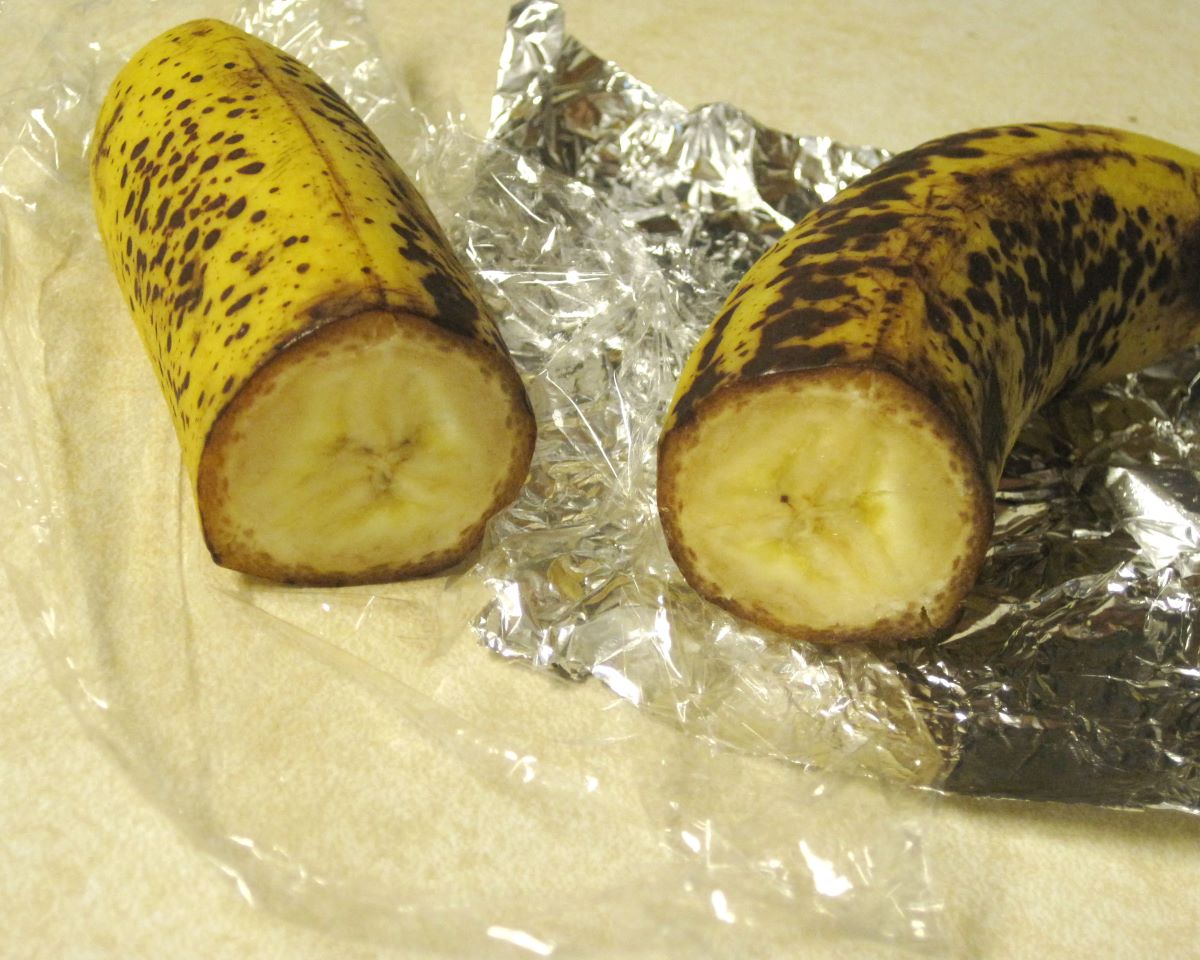
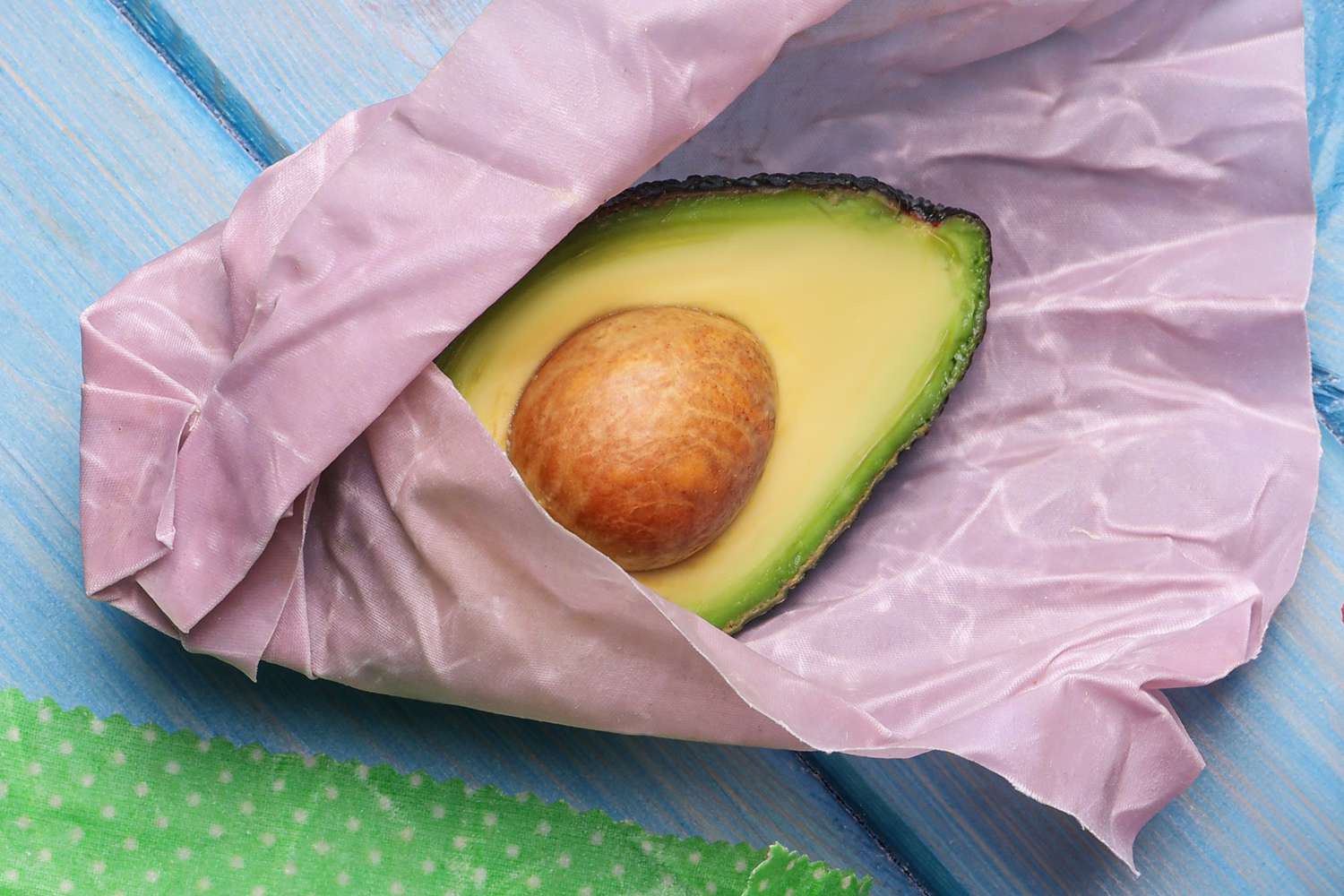

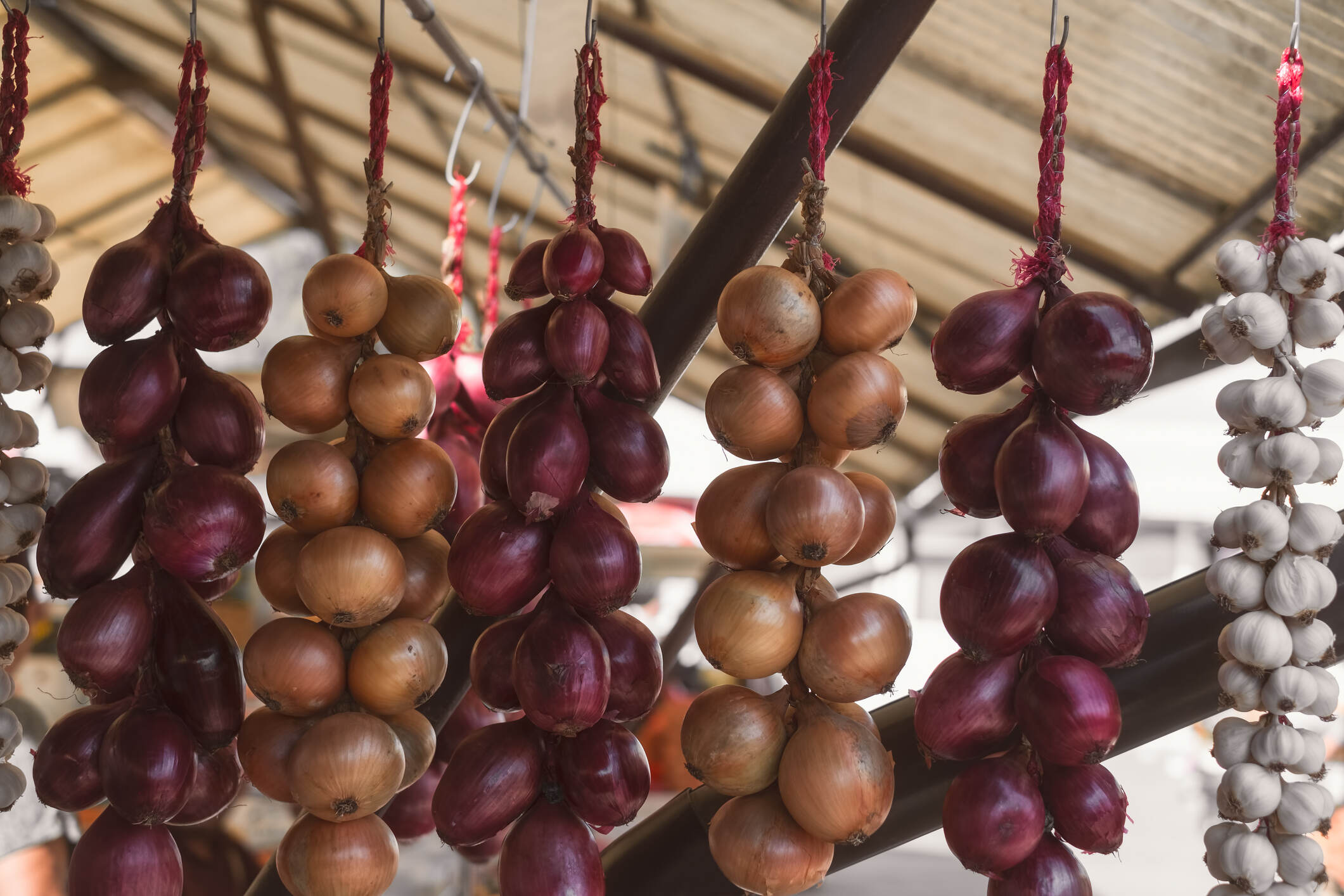
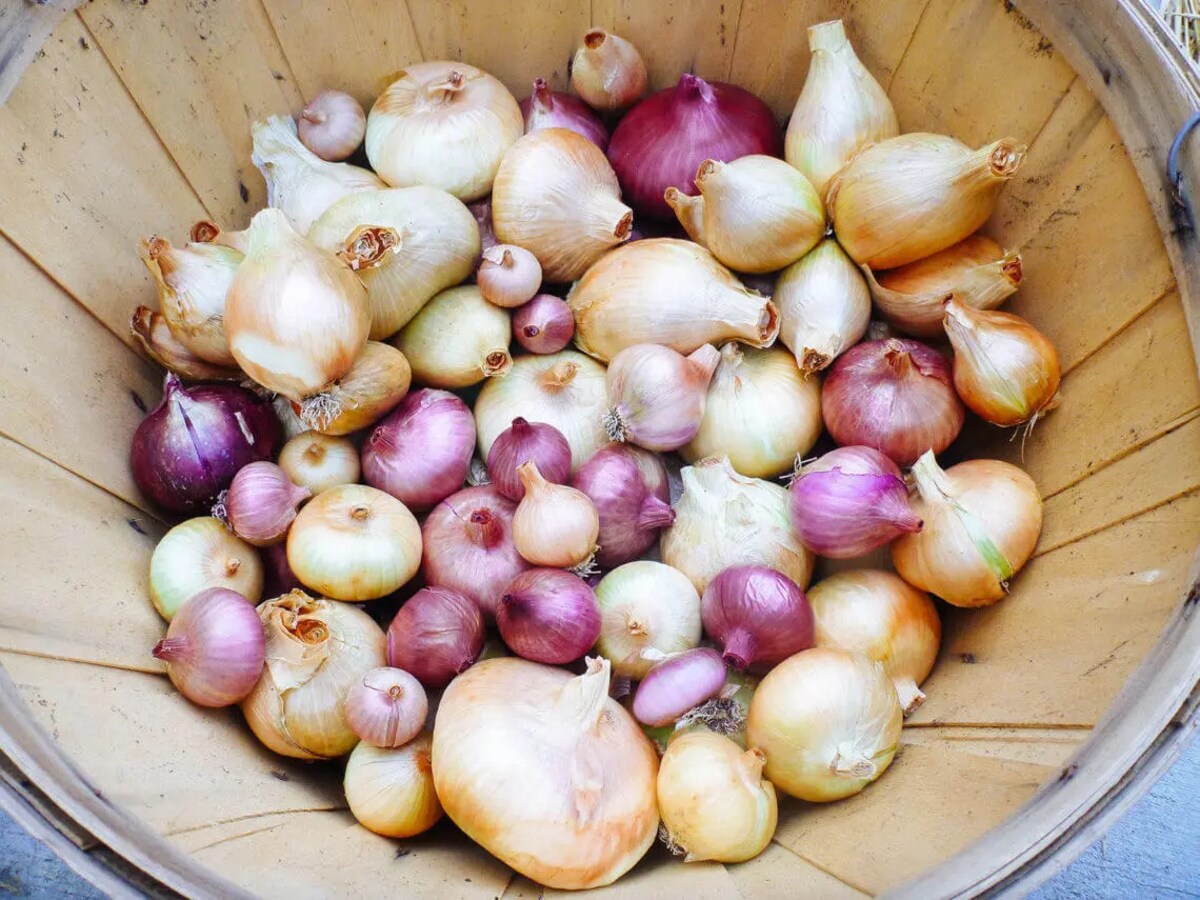
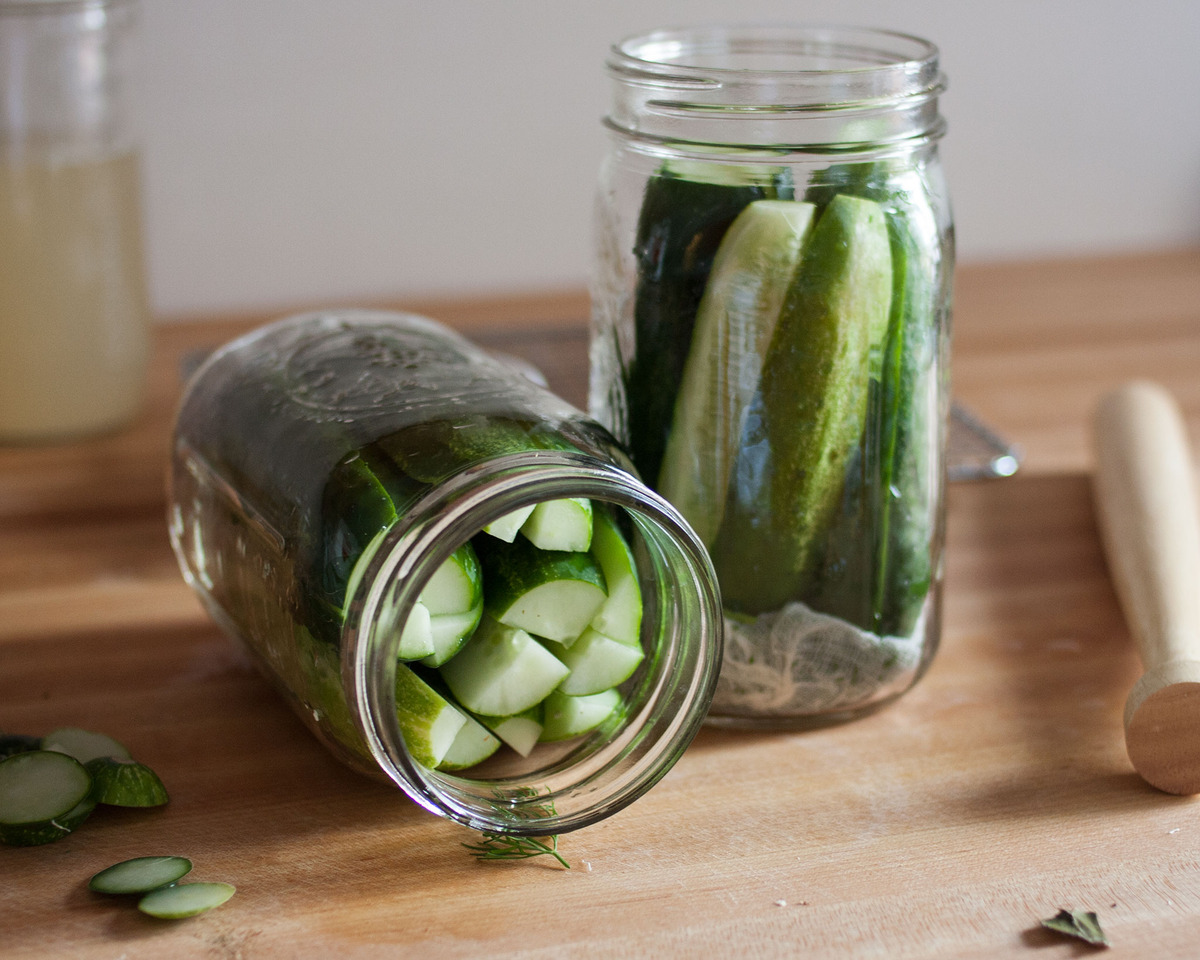
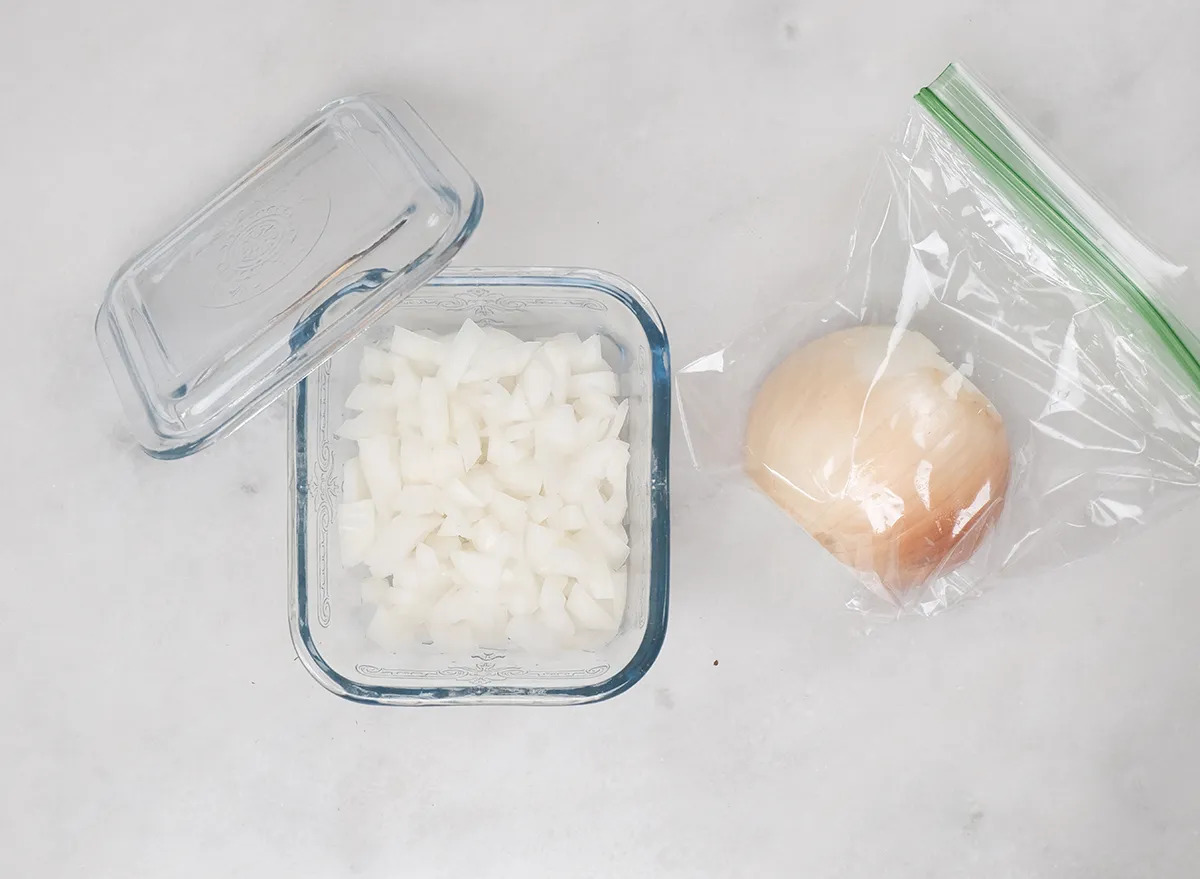
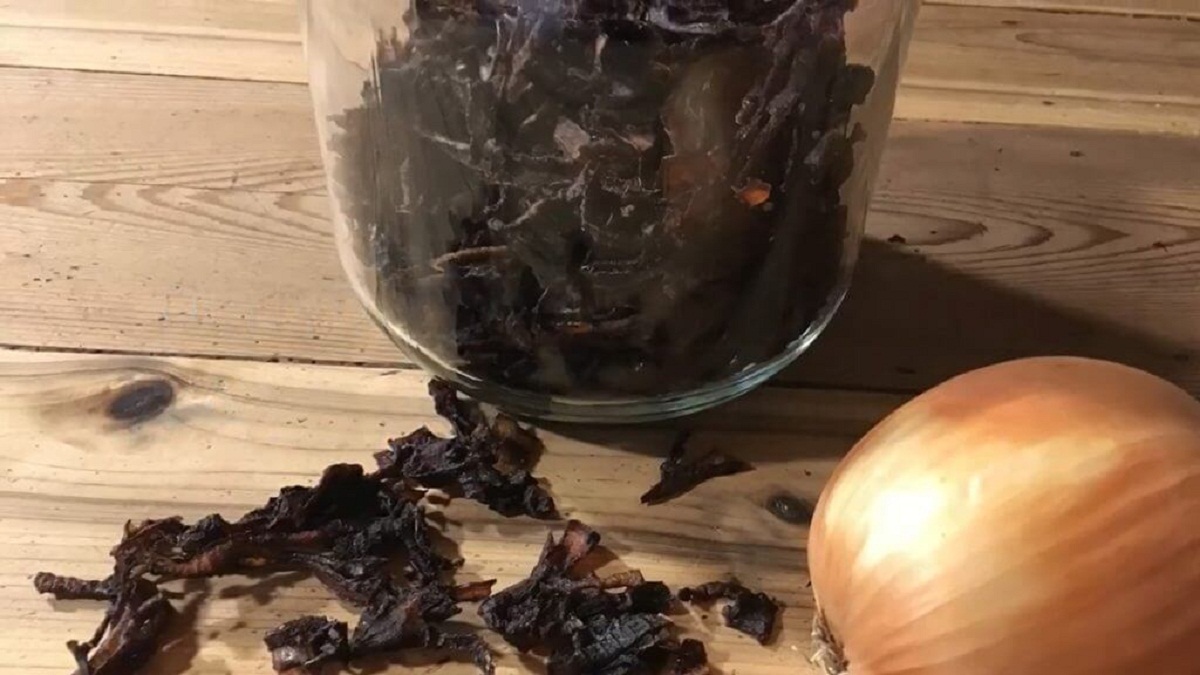
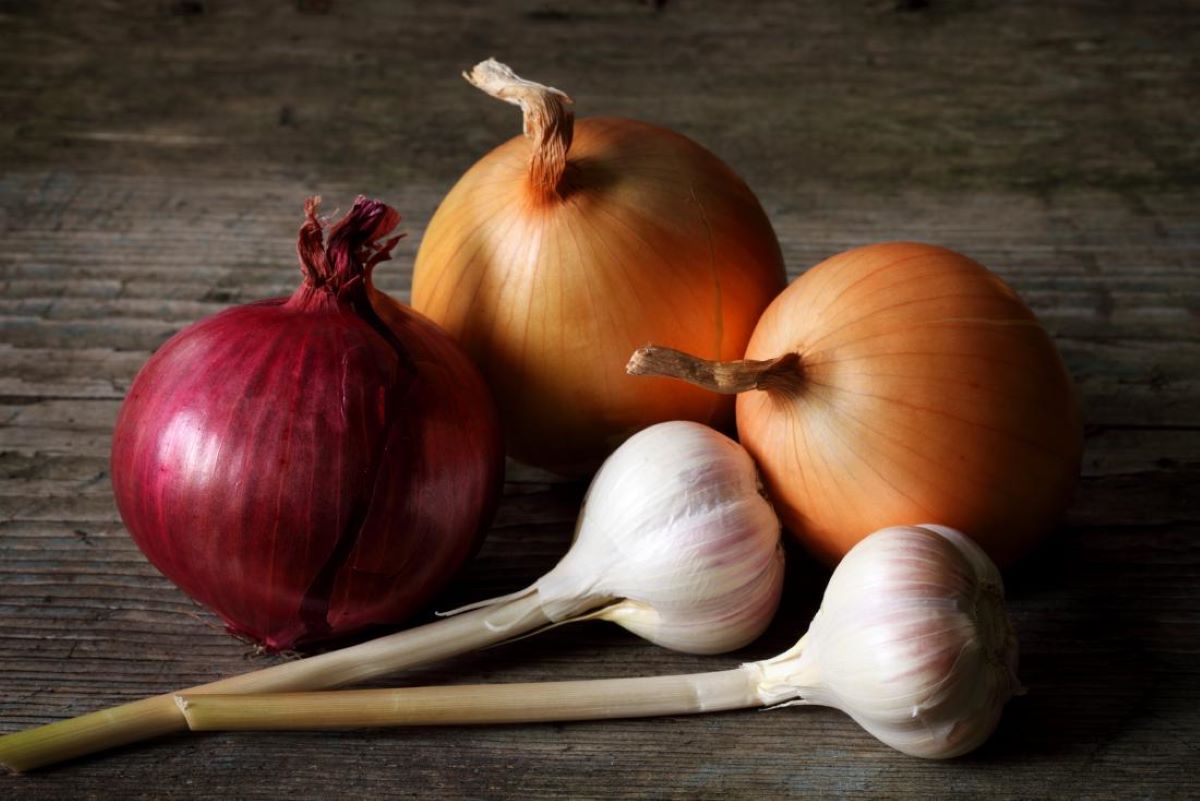
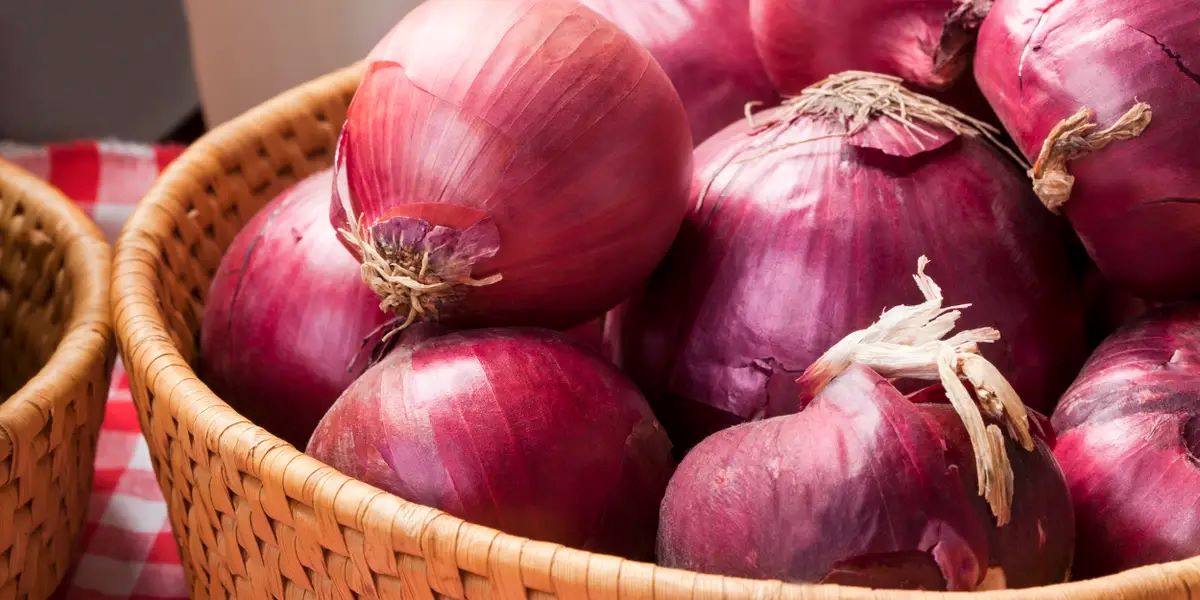
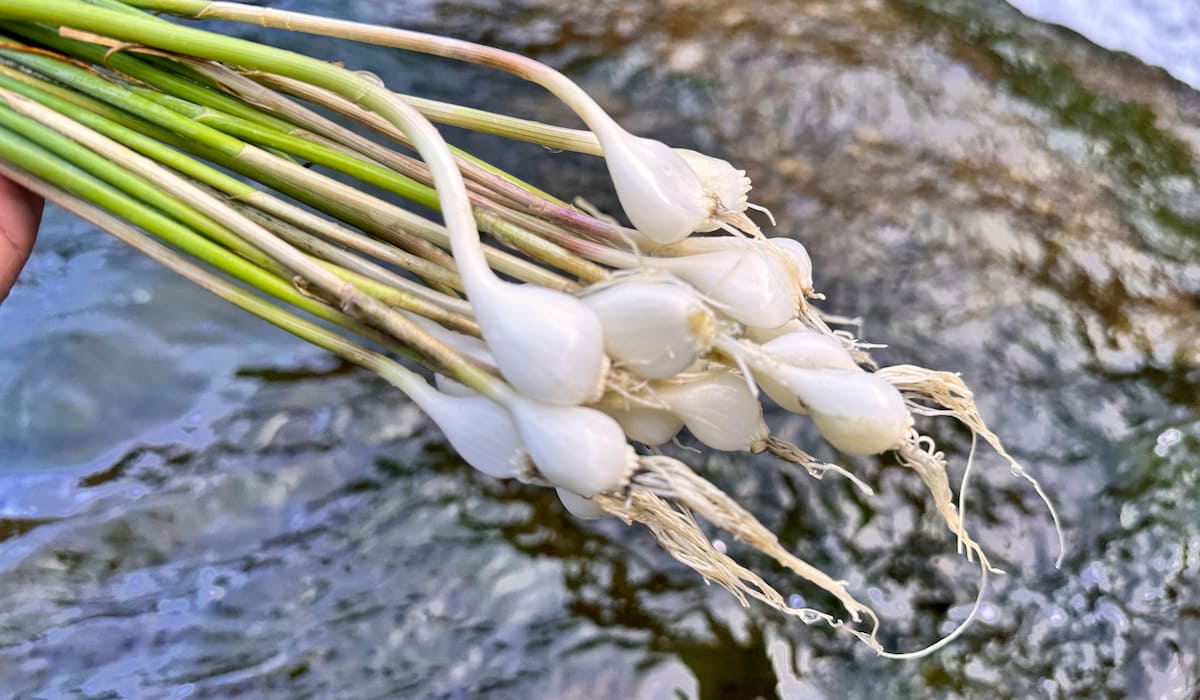

0 thoughts on “How To Store Half An Onion”